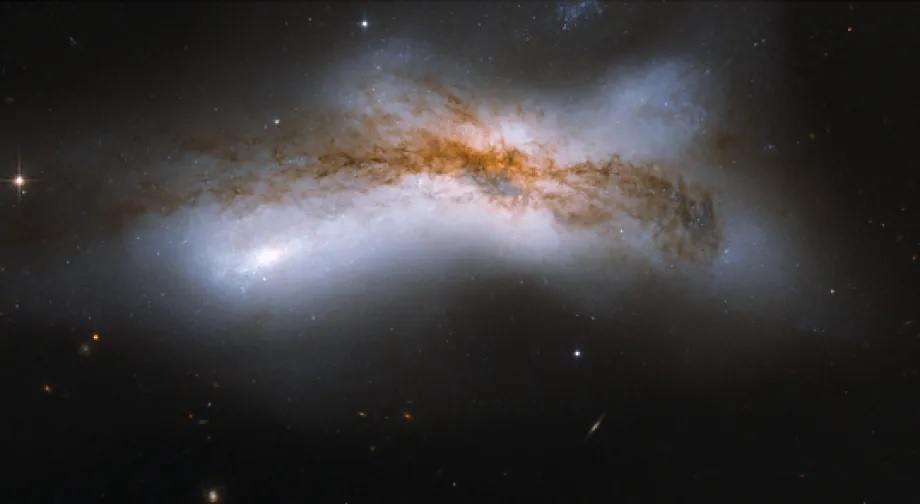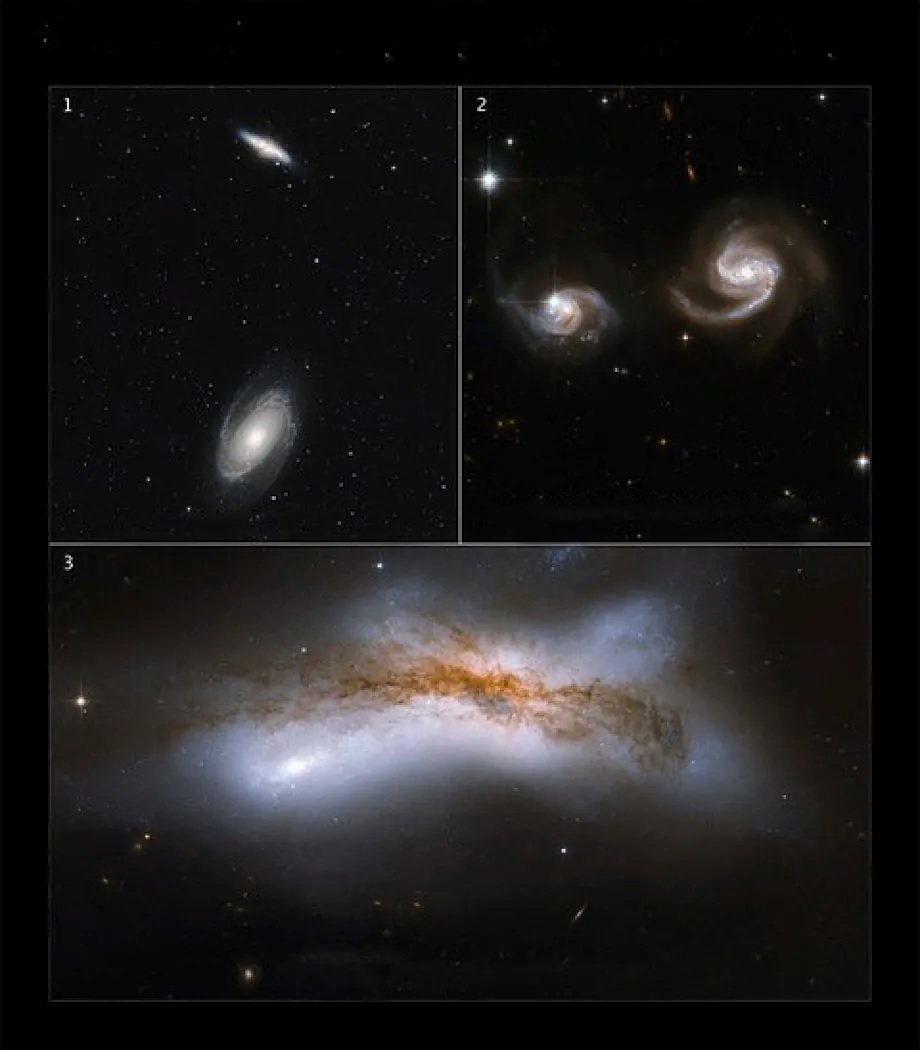The combination of physics and supercomputing has challenged a fascinating cosmological theory about the fate of our galaxy, the Milky Way. Or at least, it has put it into question. We are not talking about the end of the world or any prediction to worry about, but rather a scenario far into the future. And although it will take place billions of years from now, it showcases advancements in instruments to test cosmological hypotheses.
Until now, scientists believed that in about 5 billion years, the Milky Way would eventually collide with Andromeda, our neighboring galaxy, merging and forming what they have named Lactomed, or in English, Milkomeda (the union between the Milky Way and Andromeda). However, a new study challenges this hypothesis. It was conducted by an international team from the universities of Helsinki, Durham, and Toulouse, and their findings are presented this Monday in the journal Nature Astronomy.
These scientists have carried out the most comprehensive simulation to date on how the Milky Way will evolve over the next 10 billion years, incorporating variables that had not been considered before. They relied on data collected by the veteran space telescope Hubble, operated by NASA and the European Space Agency (ESA), and by the European probe Gaia. Their conclusion? There is only a 2% chance that the two galaxies will merge in the next 5 billion years.
The Universe is a dynamic place, constantly evolving. Currently, the Milky Way and Andromeda (also known as Spiral Galaxy M31, Messier 31, or NGC 224) are moving towards each other at an estimated speed of about 100 kilometers per second. According to the study's authors, a collision between them would result in a large mass of stellar material known as an elliptical galaxy.
To determine the possible scenarios facing the galaxy where our solar system resides, the team conducted 100,000 simulations of the evolution of both the Milky Way and Andromeda, using the most recent data obtained by Hubble and Gaia, and taking into account the effect of the Large Magellanic Cloud. This is a dwarf galaxy orbiting the Milky Way at a distance of 163,000 light-years, considered a satellite of our galaxy. Another factor that made a difference, according to the authors, is that they included observational uncertainties in those models.
Thus, they estimated that there is only a 2% chance that the Milky Way and Andromeda will collide in the next 5 billion years, contrary to previous beliefs, as the collision - and the disappearance of the Milky Way - was thought to be a certainty within that timeframe.
In slightly over half of the simulated scenarios, the Milky Way and Andromeda experience at least one close encounter before eventually colliding and merging, but this occurs within 8,000 to 10,000 billion years, not within 5 billion years as previously thought. By then, they assure, the Sun will have already burned out.
Merger between the Milky Way and the Large Magellanic Cloud
In most other cases, the two galaxies pass at such a great distance that they continue evolving practically undisturbed for a long time. Although their analysis reduces the probability of a collision between Andromeda and the Milky Way, it almost guarantees a merger between the Milky Way and the Large Magellanic Cloud in the next 2 billion years, before any possible collision with Andromeda.
Till Sawala, a researcher at the University of Helsinki and lead author, emphasizes in a statement that their conclusions do not imply an error in previous calculations, but rather that their team was able to include more variables in their simulations thanks to modern data from space telescopes. In fact, he ensures that when they themselves tried to start from the same assumptions as previous researchers, they obtained the same results: "We have simply been able to explore a much larger space of possibilities, leveraging the new data. While some previous works had focused on the interaction between the Milky Way, Andromeda, and the Triangulum galaxy, we also included the effect of the Large Magellanic Cloud."
As detailed by this scientist, "although the mass of the Large Magellanic Cloud is only about 15% of that of the Milky Way, it perturbs the motion of the Milky Way enough to significantly reduce the possibility of a merger with the Andromeda galaxy."
On the other hand, co-author Alis Deason, from the Institute for Computational Cosmology at Durham University, believes that "these results are significant for the fate of our galaxy. Previously, it seemed destined to merge with Andromeda forming a colossal Lactomed. Now, there is a possibility to completely avoid this fate."

